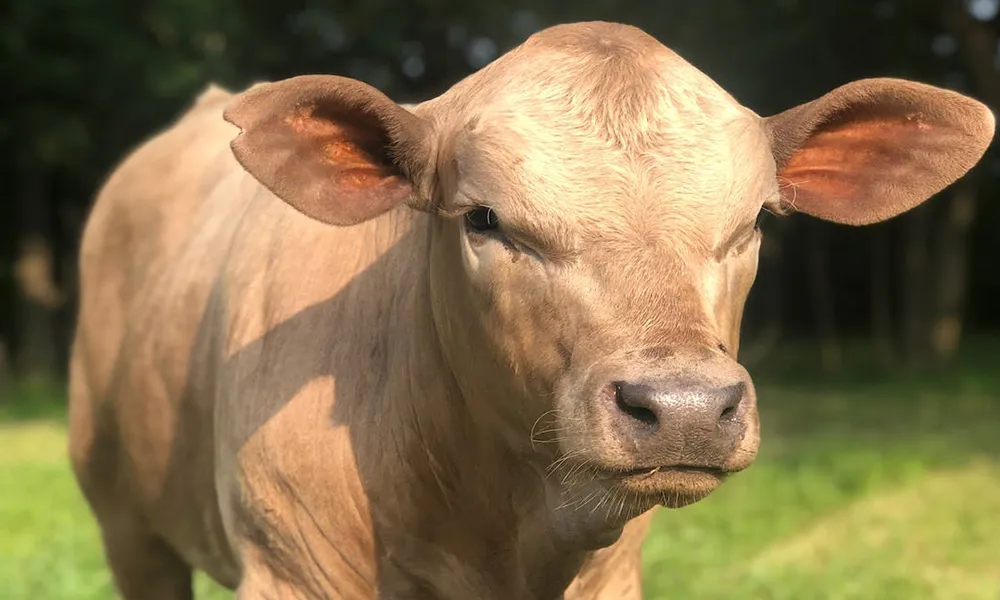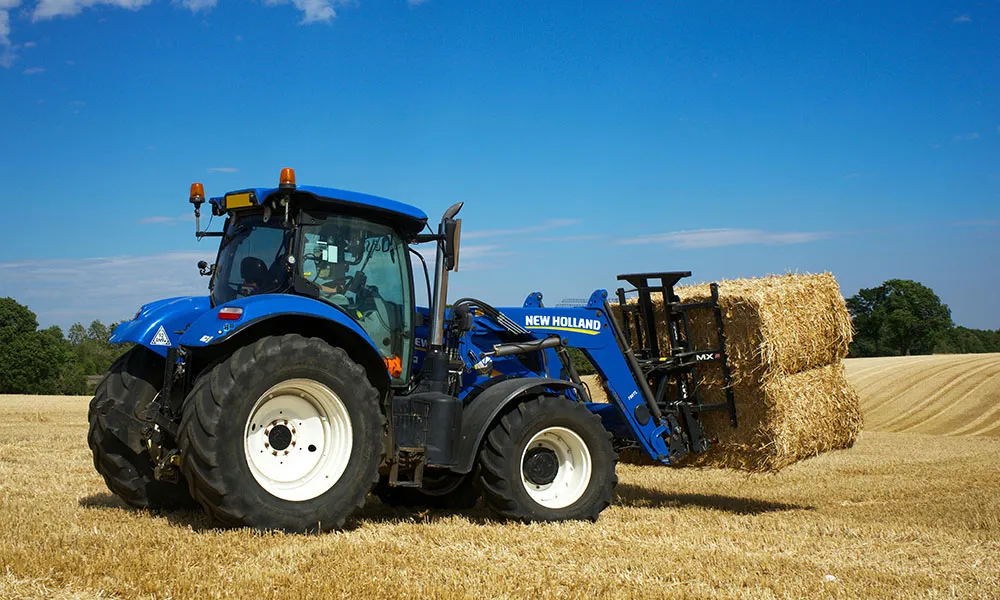
Most beef farmers are already aware that the Beef Data and Genomics Programme (BDGP) and the Beef Environmental Efficiency Programme – Suckler (BEEPS) are set to be replaced this year. The name given to the replacement scheme under the new CAP, as unveiled by the Government last spring, is indicative of the prevailing political winds. It will be called the Suckler Carbon Efficiency Programme (SCEP).
Unsurprisingly, the programme’s aim is to help farmers to improve the environmental sustainability of the national herd, and also to enhance the genetic quality of the herd overall. This means that annual genotyping of calves will be a key requirement of the scheme.
Originally, it was expected that this programme would be up and running by January 2023. However, according to a recent article on Agriland, farmers will be able to apply for the scheme in March of this year. Participants will have to undertake a training course for the first two years of the programme (2023-2024).
SCEP Payment Rates
Before going into the details of the scheme’s requirements, it is worth taking a quick look at the likely payment rates for this scheme. It seems that there will be a payment of €150 per cow for the first 10 cows in the herd. Thereafter, the payment will be €120 per cow.
In practice, this means that farmers with larger herds will be paid at the lower rate for all but 10 of the cattle in their herd.
Replacement Strategy
The replacement strategy for SCEP applies to Dams and Sires. In terms of the Sire requirements, 80% of calves must be sired by a 4-star or 5-star bull for years 1 and 2 of the scheme. This figure will rise to 85% for years 3 and 4.
By year 5 of the scheme, 90% of all calves should be sired by a 4-star or 5-star bull.
Weighing
Suckler cows and their calves must be weighed before weaning takes place. However, weighing cannot take place until the calf is more than 100 days old. For each of the 5 years of the scheme, the recorded weights must be submitted to the ICBG.
Recording of Data
Data recording will be a requirement of SCEP. Farmers will be expected to provide data in the form of events records and surveys. Key data points will include ease of calving, calf quality and calf temperament.
The data for cows is likely to focus on milk volume and quality, and temperament. For Sires, fertility and temperament will be among the most important data.
Concluding thoughts
At a glance, it seems that SCEP will put some extra work (and expense!) on farmers. On the other hand, the payment is fairly attractive while the use of 4-star and 5-star sires should result in a marked improvement in calf quality on some farms.











